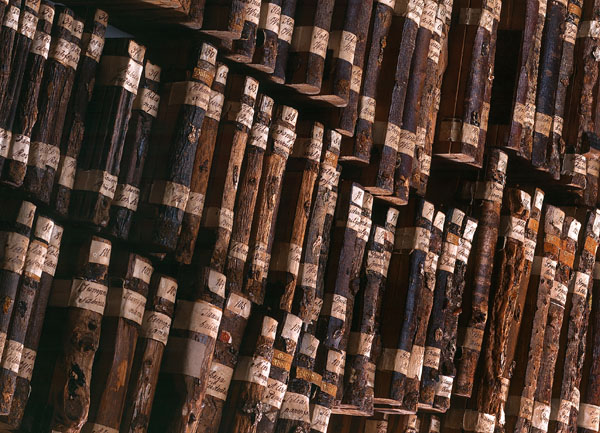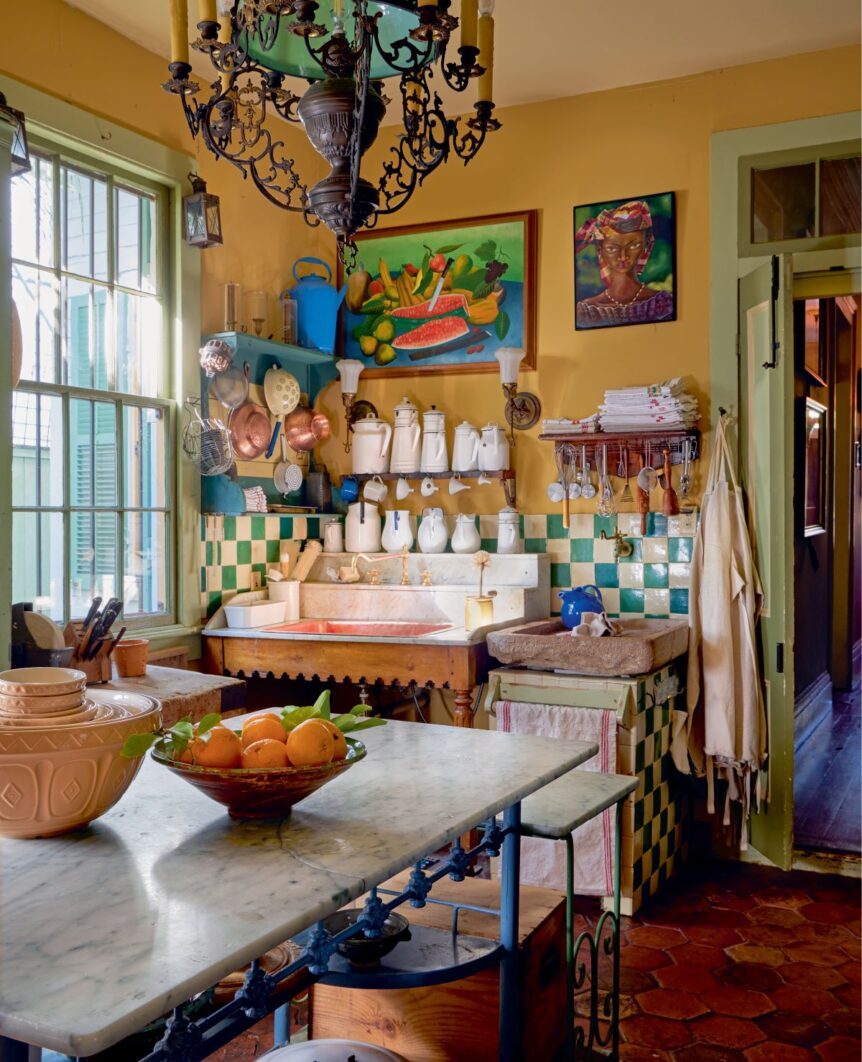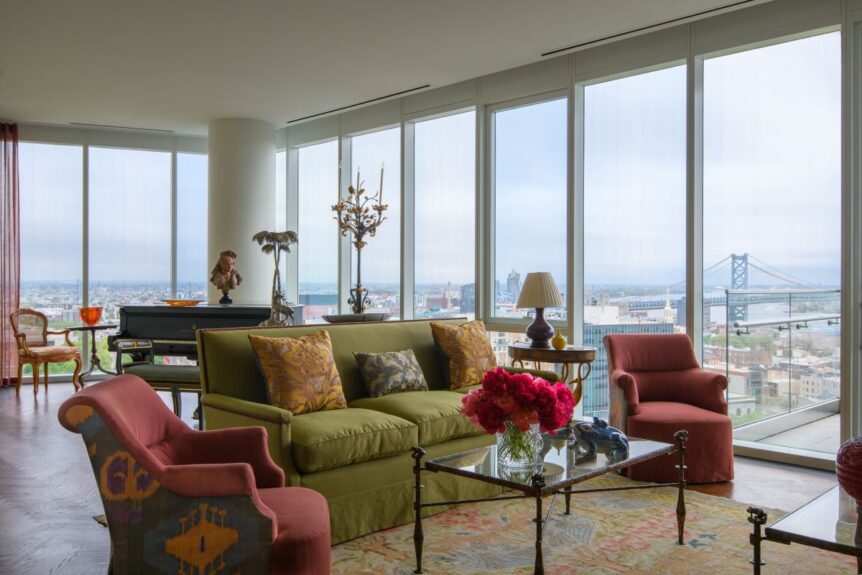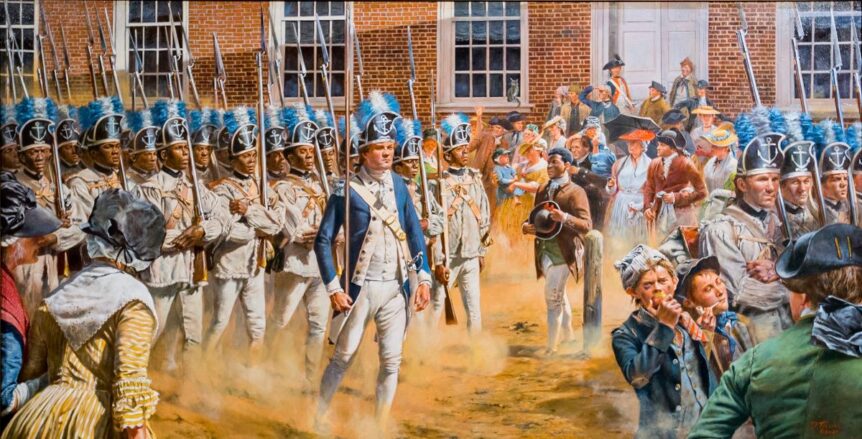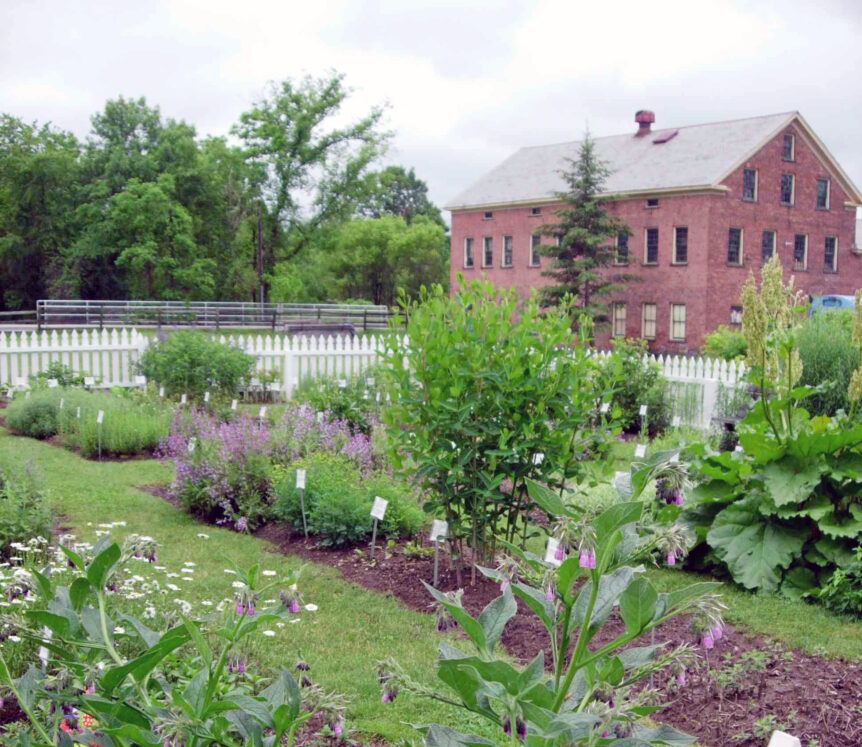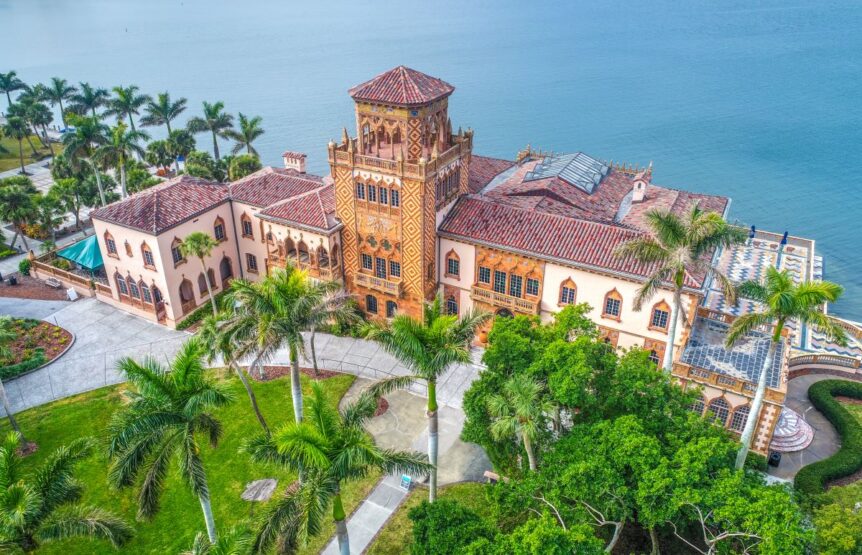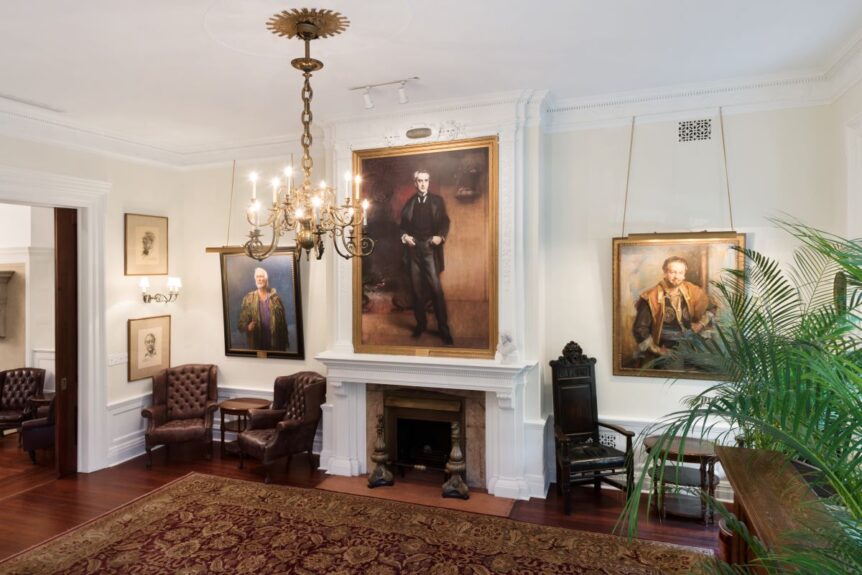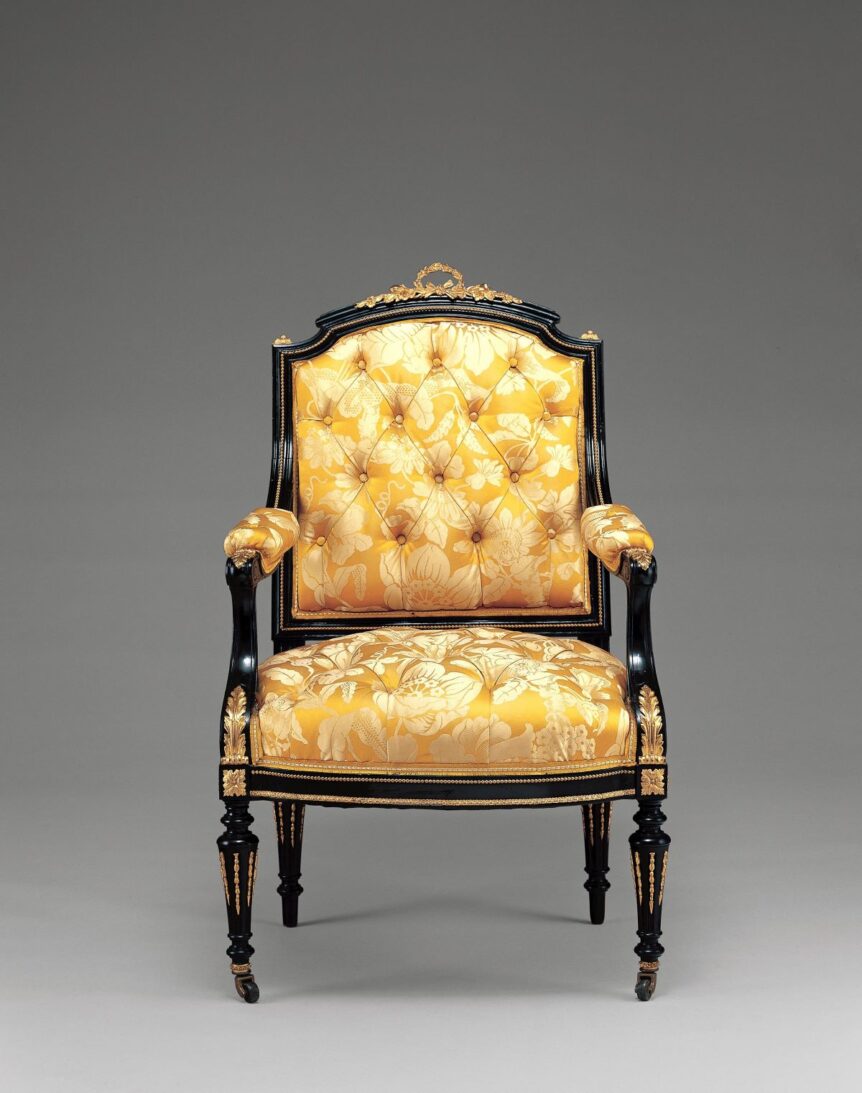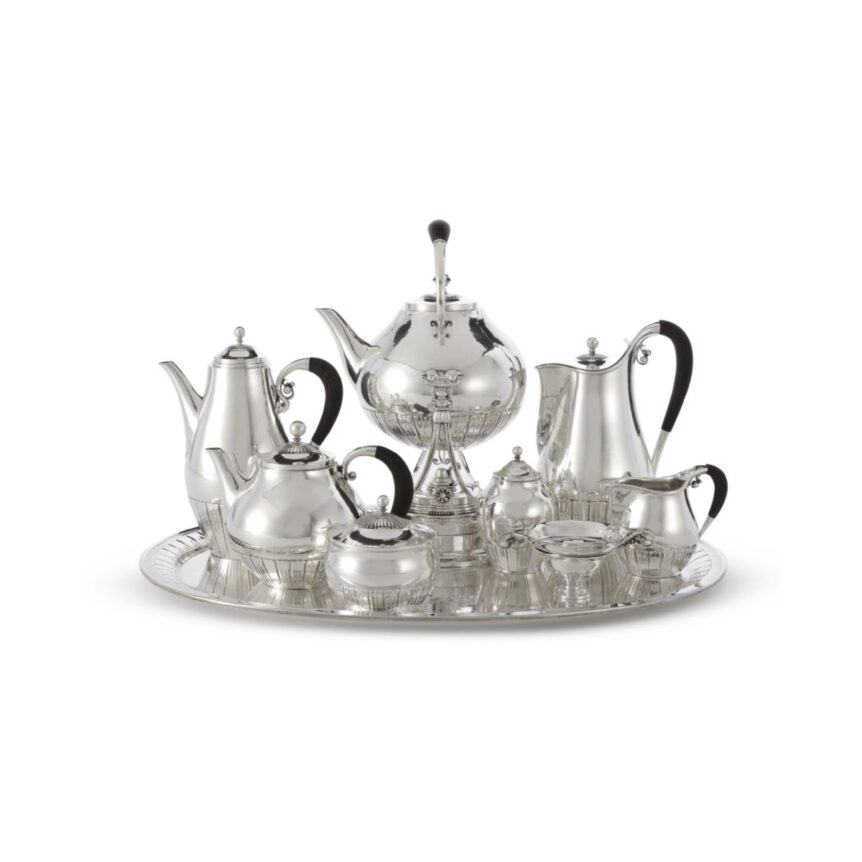On exsiccatae, xylotheks, lepidochromes, and other rare books and collections that incorporate actual biological and botanical specimens.
“Life Is Better with Antiques”
A new book takes readers into the eccentrically elegant home of a New Orleans antiques dealer and interior decorator.
Old Wine, New Bottle
A collection of historical art and design finds a happy home in a modernist tower, thanks to the ministrations of interior designer Thomas Jayne.
Endnotes: An Overdue Roll Call
A new partnership uncovers historical documents of Black and Native American Revolutionary soldiers.
Event Notice: Shaker Anniversary
Commemorating the 250th Anniversary of the Shakers’ Arrival in America
Venice on the Gulf Coast
John and Mabel Ringling’s fantasy palazzo in Sarasota is a testament to the romantic power of architecture.
On books: Book of Hours
A new treatise on the early American polymath David Rittenhouse draws attention to his elegant timepieces.
Edwin Booth’s Curtain Call
Founded as a members’ club, The Players has won a reputation for its historical stewardship—and irrepressible bonhomie.
Object lesson: Gallic Bred
Now nearly forgotten, New York furniture maker and French expatriate Léon Marcotte was the toast of tycoons in the Gilded Age.
“We’re selling it, not renting it”
In this excerpt from a forthcoming memoir, an auction house veteran looks back on his beginning days in the trade.

